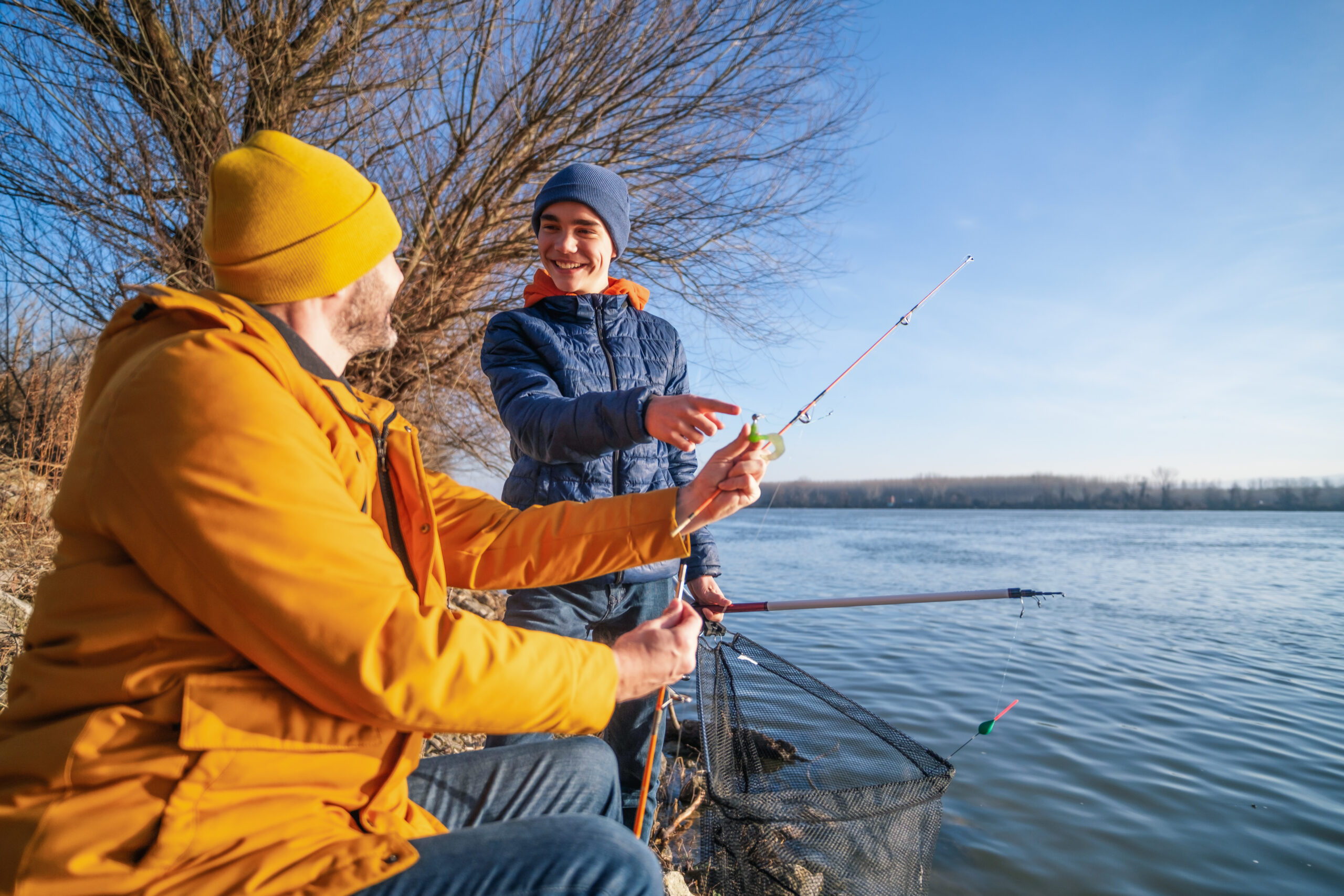What is the Best Temperature for River Fishing?
Key Takeaways
- The optimal water temperature range for trout fishing in rivers is between 50°F and 65°F (10°C to 18°C).
- Trout become less active and lethargic when the water temperature drops below 50°F (10°C).
- Trout may become stressed and seek cooler areas when the water temperature exceeds 65°F (18°C).
When it comes to river fishing, one of the key factors that can greatly influence your success is the water temperature. Understanding the optimal temperature range for different types of fish can help you plan your fishing trips more effectively. In this article, we will focus on trout fishing in rivers and explore the best temperature for a successful catch.
The Optimal Water Temperature Range for Trout Fishing
Trout are known to be cold-water fish and thrive in specific temperature ranges. According to experts, the ideal water temperature for successful trout fishing in rivers falls between 50°F and 65°F (10°C to 18°C). Within this range, trout are generally more active and feeding, making them more susceptible to anglers’ tactics.
Trout are ectothermic, meaning their body temperature is regulated by the surrounding water. As the water temperature rises, trout become more active, increasing their metabolic rate. This increased activity leads to a higher demand for food, making them more likely to bite on bait or lures.
On the other hand, when the water temperature drops below 50°F (10°C), trout tend to become less active. Their metabolism slows down, and they become lethargic, making it more challenging to entice them to bite. In extremely cold water, trout may even become dormant, seeking out deeper areas where there is a more stable temperature.
Similarly, when the water temperature exceeds 65°F (18°C), trout may become stressed. Higher water temperatures reduce the amount of dissolved oxygen in the water, which can make it harder for trout to breathe. As a result, they may seek out cooler areas or deeper pools where oxygen levels are higher, making them less likely to be caught.
Factors that Influence Water Temperature
The water temperature in rivers can vary depending on various factors. Some of the key factors that influence water temperature include:
1. Ambient Air Temperature:
The temperature of the surrounding air can have a direct impact on the water temperature. During colder seasons or early mornings, when the air temperature is lower, the water temperature is likely to be cooler as well. Conversely, during warmer seasons or midday, when the air temperature is higher, the water temperature tends to rise.
2. Sunlight:
The amount of sunlight reaching the water surface can also affect its temperature. Sunlight warms up the water, especially in shallow areas, and can lead to increased activity among trout. However, prolonged exposure to direct sunlight can cause water temperatures to rise too much, potentially making trout less active.
3. River Flow and Depth:
The flow and depth of the river can impact water temperature. Faster-flowing rivers tend to have cooler water temperatures, while slower-moving or stagnant areas may have warmer water. Additionally, deeper pools or shaded sections of the river can provide cooler habitats for trout during hot weather.
4. Seasonal Changes:
The changing seasons also play a role in water temperature. During spring and fall, when the air temperature is moderate, the water temperature is likely to be within the optimal range for trout fishing. However, during the peak of summer or the depths of winter, extreme temperatures can make it more challenging to find trout in the ideal temperature range.
Conclusion
When it comes to river fishing, understanding the best water temperature for the target fish species is crucial. For trout fishing in rivers, the optimal temperature range falls between 50°F and 65°F (10°C to 18°C). Within this range, trout are typically more active and feeding, making them more responsive to angler’s tactics.
However, it is important to note that water temperature is just one of many factors that can influence fish behavior. Other variables, such as weather conditions, water clarity, and the presence of natural food sources, should also be considered when planning a fishing trip.
So, the next time you head out for trout fishing in a river, keep an eye on the water temperature and aim for that optimal range. Good luck and tight lines!
Related Websites:
FAQs:
Q: Why is water temperature important in river fishing?
Water temperature significantly affects fish behavior, metabolism, and feeding patterns. Understanding the impact of temperature helps anglers increase their chances of successful fishing.
Q: How does water temperature vary for different fish species?
Different fish species have varying temperature preferences. Some prefer colder waters while others thrive in warmer temperatures. Knowing these preferences helps anglers target specific species effectively.
Q: What factors influence water temperature in rivers?
External factors like weather and season, water flow, depth, and river location can impact water temperature. Understanding these influences helps anglers adapt their fishing strategies accordingly.
Q: How can I determine water temperature during fishing trips?
There are various methods for measuring water temperature, such as using a thermometer or electronic devices. Each technique has advantages and limitations, but with practice, anglers can quickly and accurately determine water temperature.
Q: What fishing techniques should I use for changing water temperatures?
Fluctuating water temperatures affect fish behavior, so adapting your fishing strategies is crucial. By adjusting bait, lures, and techniques based on temperature variations, anglers can increase their chances of success.






